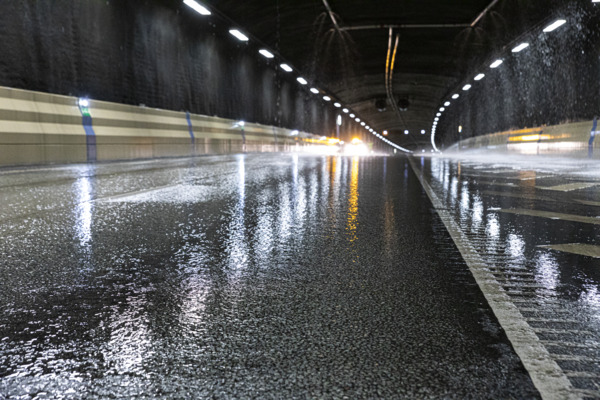
Virtual commissioning & simulation Mining
Virtual Commisioning
The project in Papua, Indonesia, involved delivering systems for control and driverless trains to the other side of the world - to a nation with limited technical knowledge. The challenge was to ensure that the hardware delivered was well-functioning and safe to use.
- We needed to be sure that what we deliver really works and maintains the right quality, says Åsa Hansson, technical manager at Midroc Automation
Thanks to the possibilities of digitization and Midroc's high-tech knowledge, a virtual simulation of the Grasberg mine was built in Midroc's own premises in Sweden. All hardware, software and all control systems were control tested in the workshop in Trollhättan and debugged to avoid possible future errors.
Previously, the ore was transported by truck, which was both inefficient and unsustainable. Today we get significantly more ore as the trains can transport more than trucks. By having self-driving trains in the mine, we can avoid human accidents in a very risky environment.
- In addition, the trains in the mine run on electricity and batteries, which is much more sustainable in the long run and creates greater environmental benefit. In addition, the remote-controlled system allows us to work with the programs remotely, so miners do not have to stay in the mine to the same extent
Cost effective
Digitization has made it possible to simulate a virtual commissioning for preparation in a digital environment before it is realized. The benefits of virtual simulation models, or digital twins, are many; it is cost-effective, it ensures quality and minimizes the risk of production losses. Using new technology, such as digital twins, provides the opportunity to introduce a change in the facility during production. By verifying the change in advance, fact-based decisions can be made.
- In order to achieve a sustainable long-term investment, the requirements are important to achieve. Simulation can be used to reduce costs and increase quality, which means that our advice to our customers is to include a simulation platform
The simulation platform is a way to achieve higher quality and minimize the risks of implementation, which in turn minimizes downtime and enables production to start with as few errors as possible right from the start. By including a simulation platform during the project implementation, this model can be taken over by the business after the project has been completed, which can then, internally or via suppliers, be refined and developed for more application areas for the business.








